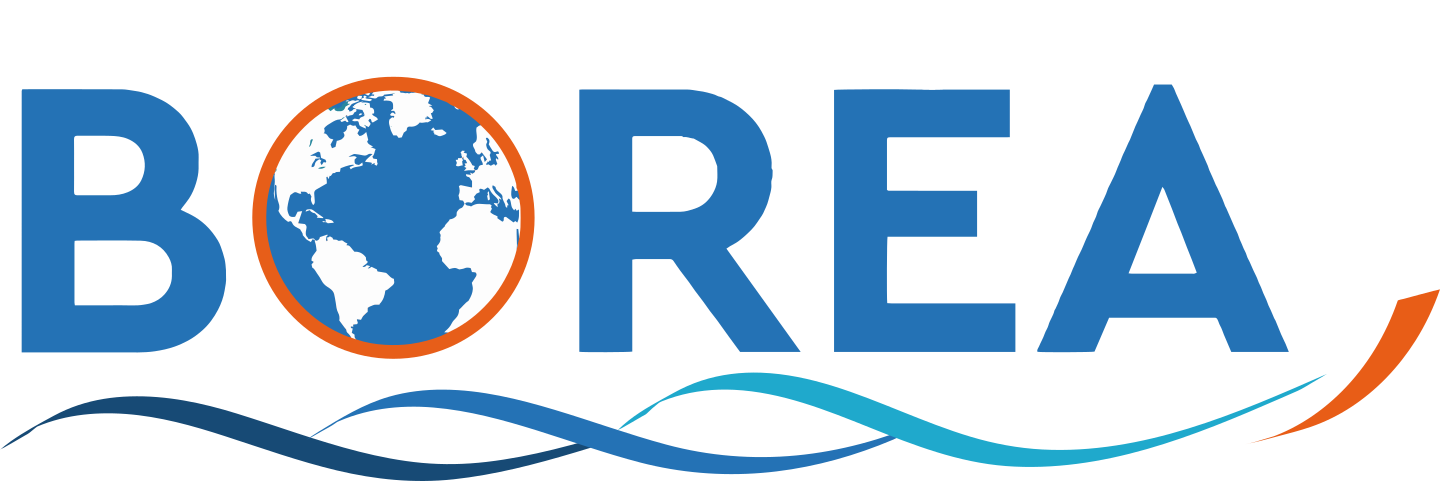Journal
We analyzed stable carbon and nitrogen isotope values (δ13C and δ15N, respectively) for pan-Arctic coastal primary producers and consumers to detect large-scale regional trends both temporally and spatially. To facilitate comparison, we grouped coastal habitats into fjords, lagoons, shelves, and straits as four “coastscapes”. We gathered over 12,000 rows of data collected over 24 years (between 1999 and 2022) from 34 different field campaigns across the coastal Arctic (63 to 81°N and 177°W to 33°E). Our goal was to examine the isotopic patterns in pelagic and sediment particulate organic matter (pPOM and sPOM, respectively) and four consumer groups (deposit feeders, opportunists/scavengers, predators, and suspension feeders) among the four coastscapes. We found that despite the enormous spatial range of data, both pPOM and sPOM became 2.1‰ and 2.2‰ more 13C-depleted per decade, respectively, with parallel decreases in the δ13C values in consumers. The significant decrease is likely attributed to the increased contributions of 13C-depleted terrestrial organic matter across the Arctic coasts from freshwater inputs and coastal erosion in concert with diminishing sea ice that supports sympagic microalgae. Across all Arctic coastscapes, consumer groups exhibited overlapping isotopic composition, notably with wide δ13C ranges that indicated assimilation of multiple organic matter sources, including terrestrial organic matter, organic matter derived from marine phytoplankton and sea ice algae, macroalgae, and potentially benthic microalgae or degraded organic matter. This consistent pattern across coastscapes provides evidence of the trophic plasticity possessed by Arctic consumers, how coastal food webs respond to climate warming, and the signature of terrestrialization imprinted on the pan-Arctic coastal isoscape.

